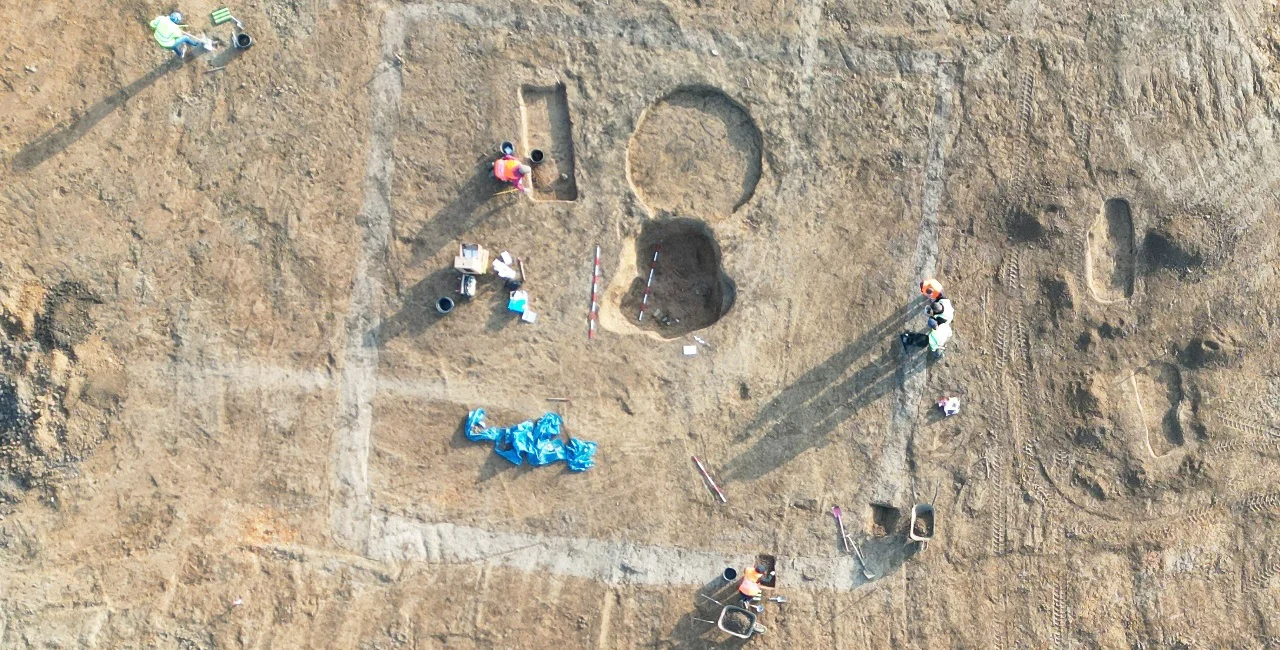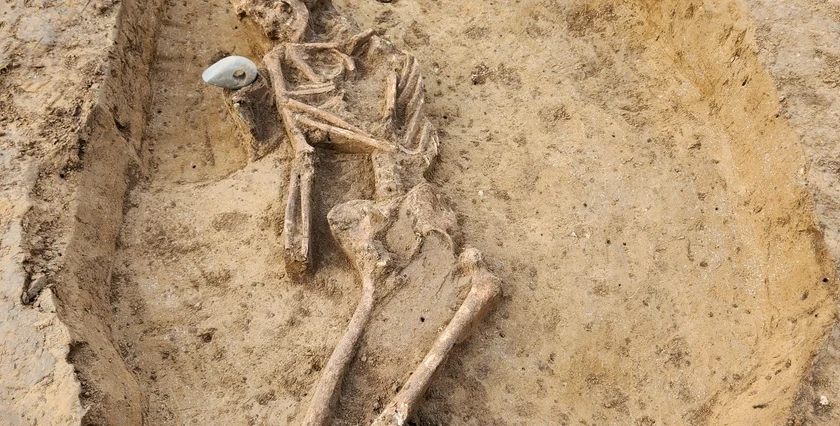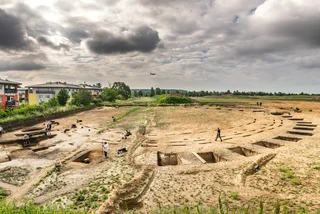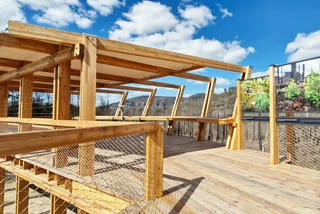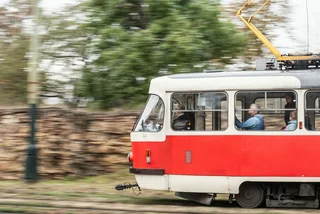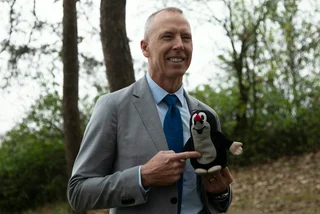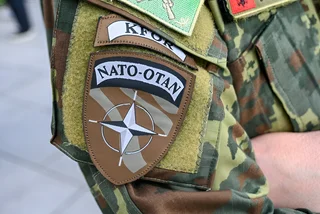Archaeologists from the Olomouc Archaeological Centre (ACO) have made a remarkable discovery near Olomouc while conducting a rescue excavation along the future route of the D35 highway between Křelov and Neředín.
Two significant burial sites have been uncovered, including the largest burial site found from the Nitra culture from the Early Bronze Age in Central Moravia. This extensive site, dating from 2100 to 1800 BC, is considered one of the most important findings in the research of this culture, with a total of 130 graves identified.
“Thanks to laboratory analyses, we can reconstruct the physical appearance of the inhabitants of that time, their health status, dietary habits, genetic relationships, and migration strategies,” explains lead researcher Vendula Vránová through a press release.
Insights into ancient Nitra practices
The graves contained not only skeletal remains but also goods such as copper ornaments, bone beads, stone arrowheads, a copper ring, and bone awls. Interestingly, some of the graves showed signs of post-mortem manipulation, suggesting that transitional burial rituals were performed even after death. This indicates a complex relationship with death and the afterlife within the culture.
The burial practices at the site revealed distinct differences between how men and women were interred. Men were often buried with boar tusks and hunting tools, while women were accompanied by jewelry and antler beads. This distinction underscores the cultural significance of gender in ancient Nitra society.
The site also yielded graves associated with the Corded Ware culture, which coexisted with the Nitra culture. Notably, these graves did not disturb one another, suggesting a mutual respect between the two cultures. Earlier graves were likely marked by burial mounds, indicating that the younger culture acknowledged and respected the older burial traditions.
Another significant area of the excavation, located near Křelov-Břuchotín, revealed four different burial periods spanning over 3,000 years. This area was used for burial purposes from the Late Stone Age until the 9th century, coinciding with the presence of Slavic populations in the territory of Great Moravia.
Corded Ware graves and a Germanic warrior
Within this site, archaeologists discovered 17 skeletal graves from the Corded Ware culture, four of which featured deep burial pits with rich grave goods, including ceramic vessels and flint tools. “In each grave, we also found a pair of axes—one polished and the other flaked,” Vránová explains.
Surrounding the graves were circular ditches, likely remnants of wooden structures that delineated the sacred burial space from the surrounding area. This is only the fifth site where archaeologists have successfully identified such boundary ditches.
Additionally, a significant find was the grave of a 3rd-century Germanic warrior, complete with a shield and iron spear—an unprecedented discovery in Moravia. The excavation also revealed seven cremation graves containing typical metal jewelry associated with Celtic culture.
The rescue archaeological research along the D35 route was conducted from August 2023 to April 2024. The next phase will involve analyzing the discovered artifacts and skeletal remains. Laboratory analyses aim to provide new insights into the physical characteristics, health, diet, and genetic relationships of the ancient inhabitants of this region.
“Our fieldwork has ended, but now we face the most critical phase—detailed analysis and interpretation of the findings,” Vránová notes.












 Reading time: 2 minutes
Reading time: 2 minutes 